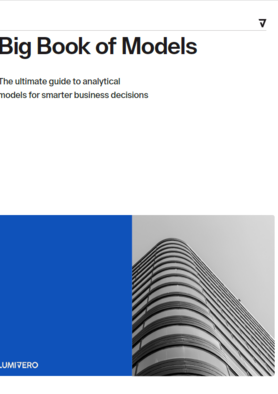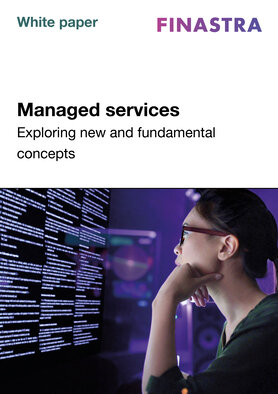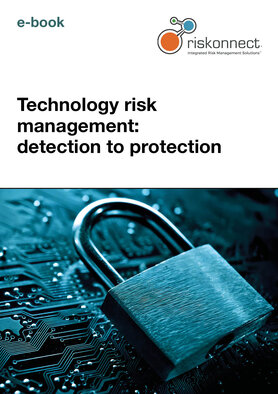Augmenting the reliability and fairness of AI in financial services
Financial institutions’ artificial intelligence adoption journey is driven by their business model, product portfolio, innovation ambition and regulatory status. With growing reliance on AI in several domains, it has become necessary to establish a robust AI governance framework that involves oversight of the AI model lifecycle, enterprise policies and data governance norms. As part of their AI strategies, banks need to establish well-defined policies to augment transparency and facilitate AI risk management.
The adoption of AI has added new risks that need to be addressed by financial institutions:
- Input data related risk: Poor data quality or gap in coverage
- Data privacy risks: Sharing of personal data with TPPs, usage of client data beyond specified purpose
- Security risks: External attacks that may contaminate data and systems
- Bias and lack of transparency: Bias from uneven classification or inaccurate inferences
- Compliance risks: Low compliance with transparency, third-party dependencies.
Download the whitepaper
Register for free access to hundreds of resources. Already registered? Sign in here.
More related resources
Big book of models: the ultimate guide to analytical models for smarter business decisions
The big book of models is a practical guide for professionals in risk management and quantitative analysis. It covers a range of analytical techniques, including Monte Carlo simulation and neural networks, providing insights into their applications across various industries. The book helps practitioners choose the right methodologies for effective decision-making.

The shift to real-time in treasury and capital markets
The transition to real-time processing is under way in treasury departments

Managed services: exploring new and fundamental concepts
The role of managed services in the financial software services industry

Boosting regulatory assessment with GenAI: Prometeia’s use case for credit risk models
Prometeia’s GenAI tool provides institutions with the technology to remain competitive and compliant in a complex regulatory environment

Technology risk management: detection to protection
From simple risk detection to comprehensive protection by expanding your vision, capabilities and influence

